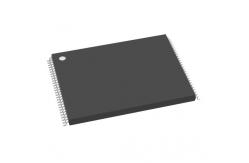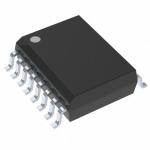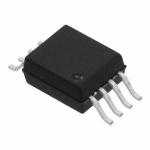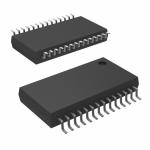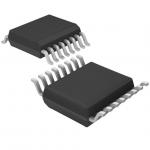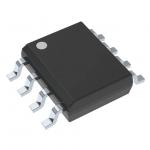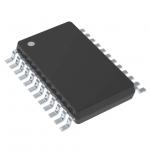MT29F32G08CBACAWP-ITZ:C Electronic IC Chips NAND Flash Memory
|
|
32Gb, 64Gb, 128Gb Asynchronous/Synchronous NAND Features
NAND Flash Memory MT29F32G08CBACA, MT29F64G08CEACA, MT29F64G08CFACA, MT29F128G08CXACA, MT29F64G08CECCB
Features • Open NAND Flash Interface (ONFI) 2.2-compliant1 • Multiple-level cell (MLC) technology • Organization – Page size x8: 4320 bytes (4096 + 224 bytes) – Block size: 256 pages (1024K + 56K bytes) – Plane size: 2 planes x 2048 blocks per plane – Device size: 32Gb: 4096 blocks; 64Gb: 8192 blocks; 128Gb: 16,384 blocks
• Synchronous I/O performance – Up to synchronous timing mode 5 – Clock rate: 10ns (DDR) – Read/write throughput per pin: 200 MT/s • Asynchronous I/O performance – Up to asynchronous timing mode 5 – tRC/tWC: 20ns (MIN)
• Array performance – Read page: 50µs (MAX) – Program page: 1300µs (TYP) – Erase block: 3ms (TYP) • Operating Voltage Range – VCC: 2.7–3.6V – VCCQ: 1.7–1.95V, 2.7–3.6V
• Command set: ONFI NAND Flash Protocol • Advanced Command Set – Program cache – Read cache sequential – Read cache random – One-time programmable (OTP) mode – Multi-plane commands – Multi-LUN operations – Read unique ID – Copyback
• First block (block address 00h) is valid when shipped from factory. For minimum required ECC, see Error Management (page 101). • RESET (FFh) required as first command after poweron • Operation status byte provides software method for detecting – Operation completion – Pass/fail condition – Write-protect status
• Data strobe (DQS) signals provide a hardware method for synchronizing data DQ in the synchronous interface • Copyback operations supported within the plane from which data is read • Quality and reliability – Data retention: 10 years – Endurance: 3000 PROGRAM/ERASE cycles
• Operating temperature: – Commercial: 0°C to +70°C – Industrial (IT): –40ºC to +85ºC • Package – 52-pad LGA – 48-pin TSOP – 100-ball BGA Note: 1. The ONFI 2.2 specification is available at www.onfi.org.
General Description Micron NAND Flash devices include an asynchronous data interface for high-performance I/O operations. These devices use a highly multiplexed 8-bit bus (DQx) to transfer commands, address, and data. There are five control signals used to implement the asynchronous data interface: CE#, CLE, ALE, WE#, and RE#. Additional signals control hardware write protection (WP#) and monitor device status (R/B#).
This Micron NAND Flash device additionally includes a synchronous data interface for high-performance I/O operations. When the synchronous interface is active, WE# becomes CLK and RE# becomes W/R#. Data transfers include a bidirectional data strobe (DQS).
This hardware interface creates a low pin-count device with a standard pinout that remains the same from one density to another, enabling future upgrades to higher densities with no board redesign.
A target is the unit of memory accessed by a chip enable signal. A target contains one or more NAND Flash die. A NAND Flash die is the minimum unit that can independently execute commands and report status. A NAND Flash die, in the ONFI specification, is referred to as a logical unit (LUN). For further details, see Device and Array Organization.
Absolute Maximum Ratings by Device
Note: 1. Voltage on any pin relative to VSS.
Stock Offer (Hot Sell)
|
||||||||||||||||||||||||||||||||||||||||||||||||||||||||||||||||||||||||||||||||||||||||||||||||||||||||||||||||||||||||||||||||||||||||||||||||||||||||||||||||||||||||||||||||||||
| Product Tags: electronic integrated circuit linear integrated circuits |

